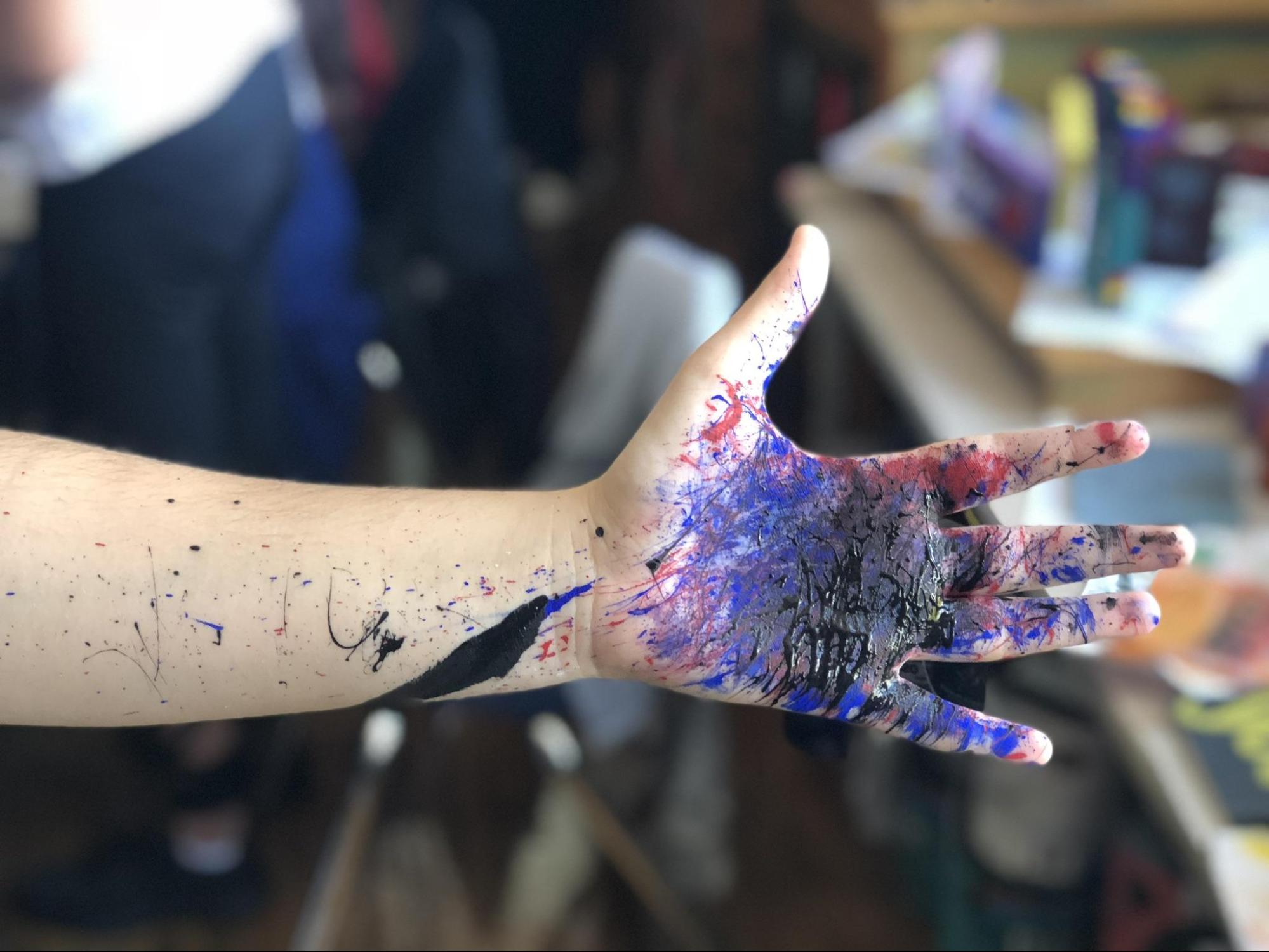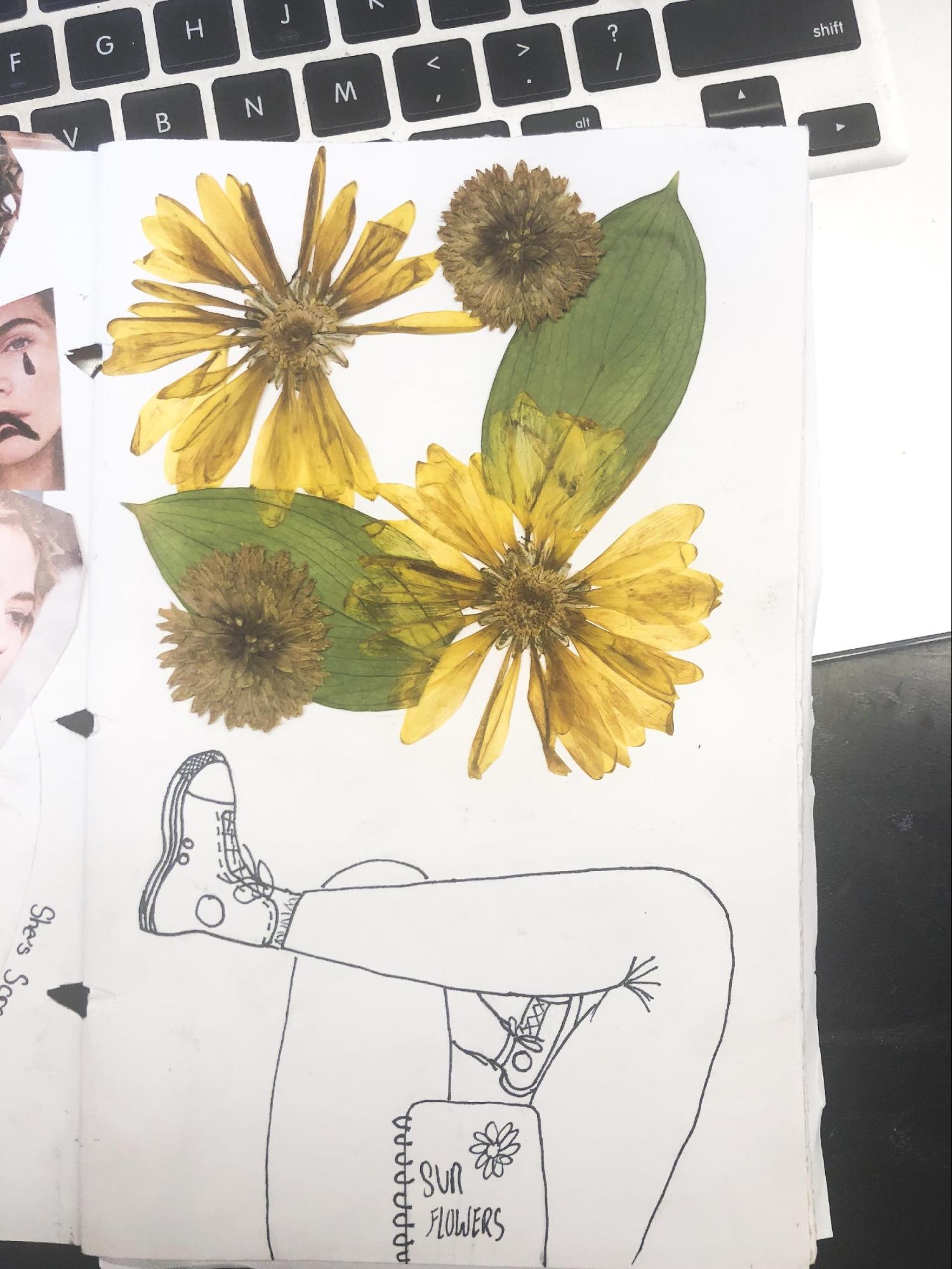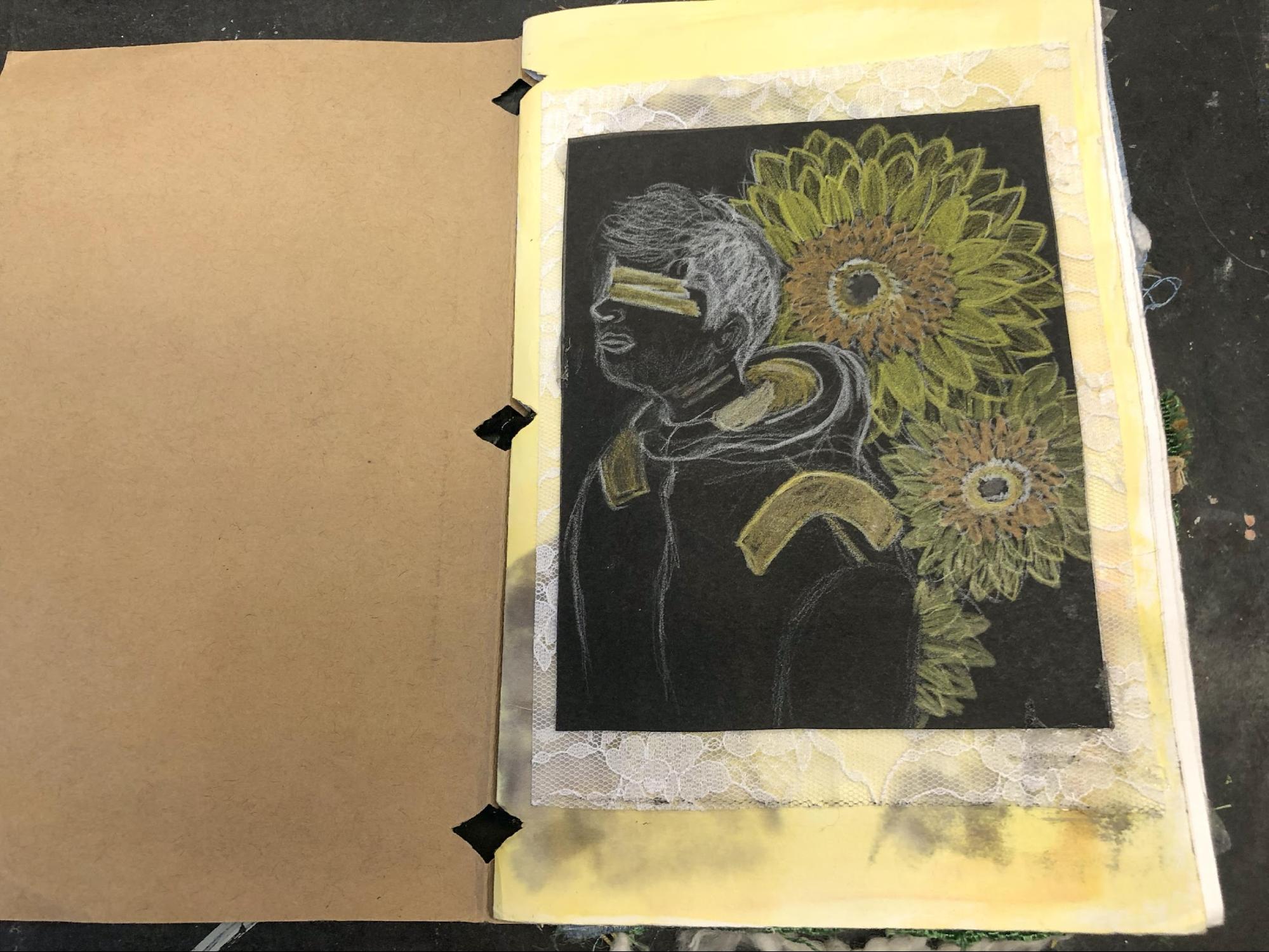You Don't Know My Story
By Alison Kovacs
You Don’t Know My Story was an ongoing mixed media sketchbook project conducted by students at the eighth grade level at Gray Elementary. What initially began as a class of forty students participating in this project grew to encompass all four homerooms of eighth grade students, totaling near 120 students. Our project was a ten-week process, exploring misconceptions and personal expression on an artistic and personal level. The theme and project title of You Don’t Know My Story developed on a deeper level as time went on and as students explored art work examples, discussed misconceptions and identity, and dove into making this project their own. Students connected to this theme through their own experiences as adolescents with peers and adults in many areas of their lives, and took ownership over molding this overarching theme into what it meant to each one of them personally, through how they chose to express themselves throughout their sketchbook and compositions. Through class discussion, exploration of artworks on various levels, and students’ artistic processes, the theme of communicating identity and purpose of oneself with peers, community members, and on a global level became an urgent topic that the studio community became interested in exploring through the artistic process.
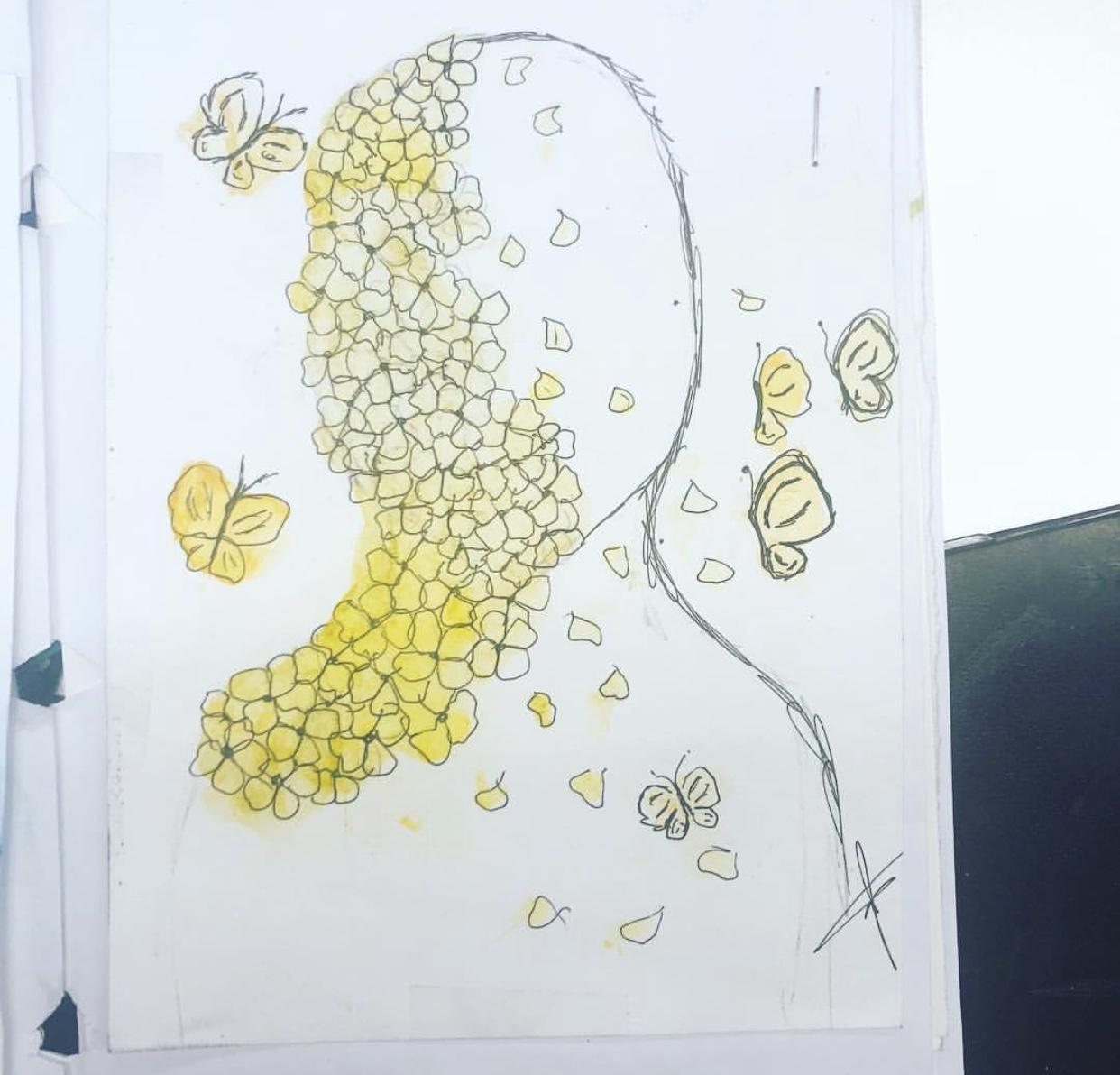
Big Idea
Students and teacher worked collaboratively as creative partners while engaging in discussion and art making to explore the ways in which we communicate on individual, school, local, national, and global scales.
Objectives and Guiding Questions
Students’ discussion led us to the theme of identity and misconceptions as perceived in art, and within communities. This process led us to an open-ended and ongoing theme that we are continuously exploring, even after our sketchbook project came to a close. Our discussions and art making activities have centered on the following guiding questions. Ideas centered on the following questions were developed through both class discussions, in addition to student journaling.
- What is a misconception?
- Can you think of a time that you have felt misunderstood?
- Can you think of a time when you misunderstood someone before getting to know the person?
- How do misconceptions play a role in art?
- What parts make up one’s identity?
- How can, and how does identity play a role in art?
- What cues do we rely on as an audience to judge an artist and artwork?
- What cues do we rely on as artists to convey meaning in artwork?
- How can analyzing art break misconceptions?
- How does art communicate misconceptions?
- What role does art play in communities? Positive examples? Negative examples?
- How can the process of creating art engage community members in active artmaking, collaborating, and discussion with the hopes of breaking misconceptions?
As this process developed over the first few weeks of class and discussion, the objectives for this project became clear. The first objective, which I believe was the most important, was engaging students in a creative process that gave them ownership, voice, and agency in their artwork. The second objective became shifting our studio environment from me, as solely the teacher, and adolescents as students, to both parties as collaborative partners in the art studio. The third objective of this project was to introduce the concept of analyzing artwork and art making in a fresh and a non-intimidating way.
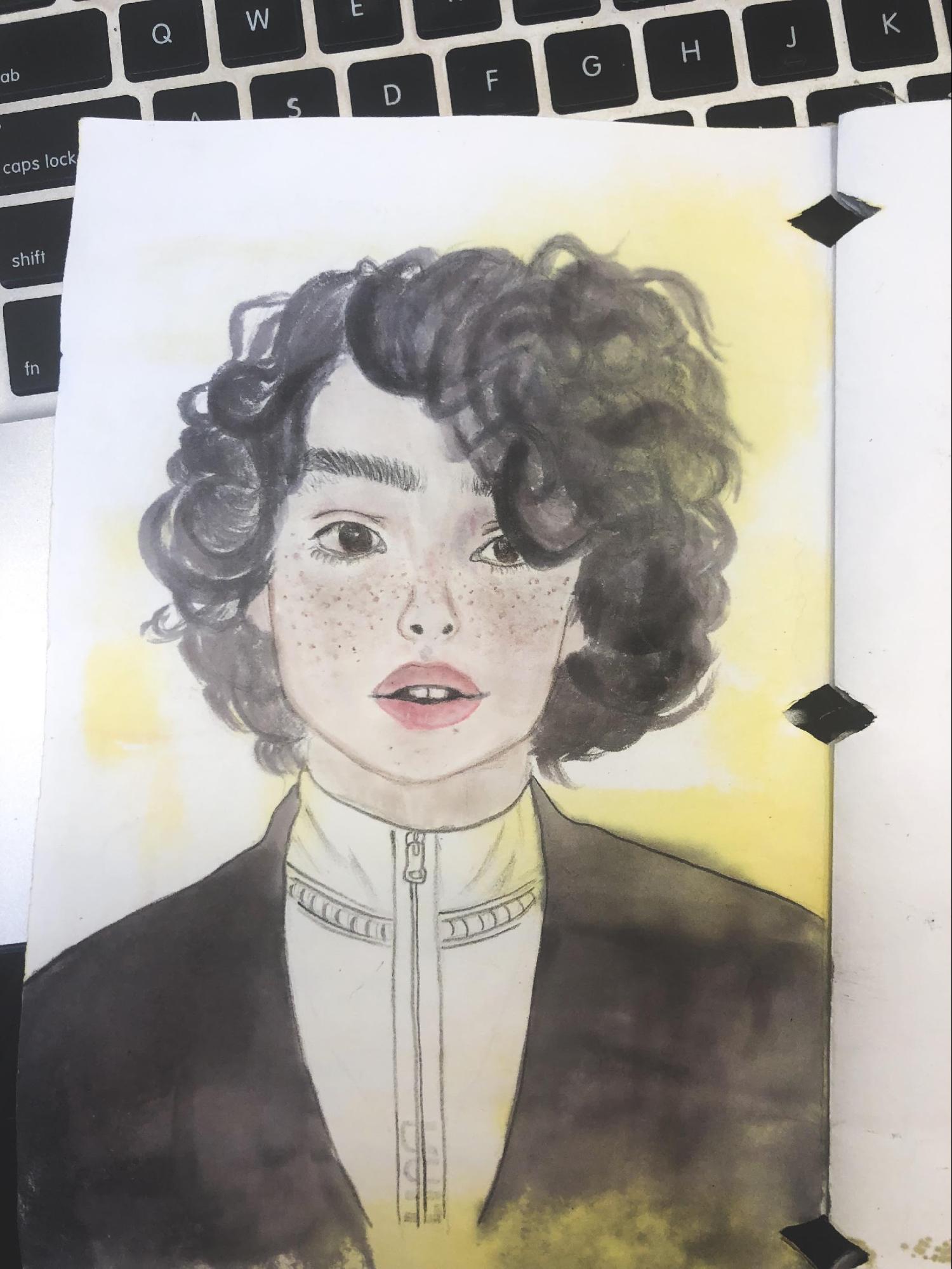
Project Overview
The timeframe for the project, from start to finish, was 10 weeks. This included discussions, field trips, studio days, and days for self-reflection and development of artist reflections and statements. At the beginning of this project, I had trouble breaking away from a structured guide of what this project may look like at the end. Ultimately, this was due to my excitement for this experience, coupled with the fact that I only see my students once a week, for one hour, for ten weeks at the beginning of the year, and ten weeks during our third quarter of the year. Once I opened myself up to the process, and began to reflect, however, I found that I had a great deal to learn about giving up some of that control to make way for my students taking ownership in their creative processes. As a way to accommodate open-ended opportunities for creation on the students’ part, and to accommodate our tight schedule, the studio community decided that this would be a project that would develop both in and outside of class. The sketchbooks began traveling to and from school with students, and were due back in class each week so that we may meet on a collaborative basis to discuss ideas, and for students to utilize that time within the studio as they developed compositions.
Our project began with discussing our community. The class discussed what makes a community, and how we all play a role within communities. This conversation gradually shifted in various directions over time, centering on misconceptions, misunderstandings, and communication within communities. Students analyzed various artworks, and even analyzed my own artwork without knowing it was mine. I felt that the only way I could encourage my students to be vulnerable within their own compositions was to make myself vulnerable to them as well. As my students analyzed and discussed artwork over the course of a few classes, we broached the idea of identity projects. My students have long asked for sketchbooks that they could explore various mediums within. I introduced various artists from the Brooklyn Art Library, as this seemed to be a natural fit for what they had reflected upon and requested in the past. Before introducing this to students, I was aware that if this did not pique their interest, and they seemed more inclined to take this project in a different direction, that we could begin this process again to accommodate their interests. My students loved this connection, however, and we moved forward into each student making their own sketchbook, and creating a map of potential ideas they wanted to explore within their compositions.
The middle of this process looked like a busy, loud studio from the outside. This was busy and purposeful creating, and the discussions between our large class sizes within the studio centered on medium choices, new technique suggestions from peer to peer, and students genuinely engaging with one another about their progress from week to week. Between the various mediums, collaboration amongst peers, we also scheduled times for each student artist to meet with me for one on one discussion and collaboration over the middle portion of this project. The ongoing collaboration amongst all students and myself flowed continuously, as we all worked alongside each other engaging in community creating.
The end of our project came to a formal end at the close of our quarter. Upon deciding on a project as a class, we also established a timeline and date when six completed compositions would be due within sketchbooks. Students also played a role in determining what “complete” looked like to them through class discussion. As students prepared to submit their sketchbooks, we took an opportunity to reflect on work, share work, and to develop artists’ statements to support artistic choices. Students were given various writing prompts to guide their statements, and explored their work through four paragraphs detailing process, theme, reflection, and individual compositions within their sketchbooks.
Our student sketchbooks will be displayed at our spring art show, as part of our own sketchbook library. Students could choose to refrain from submitting their work for display, however when given the choice, many opted to have theirs submitted for display. Many students discussed in their artists’ statements, that they will continue to develop blank pages within their sketchbooks over time. It is important that we display these at the show, and just as important that the students take ownership back over their own so that they may reflect and engage in this process again, if they choose to do so. Many of my students, when asked in reflection where they would like to keep this sketchbook once it is complete, noted that they will keep it with important mementos from their childhood, so that they can come back to it as they get older and reflect on this time and where they were at this point in their lives.
Many of my other upper grades classes became inspired by the eighth grades’ work, and decided to broach the idea of making art for our community on various levels. For example, the sixth and seventh grades voted on several large words of affirmation to be hung within the school community. Students selected their groups, and each group was given a large letter to design and complete over the course of four weeks. Each letter will become part of the word of affirmation they had selected. These will be displayed at the spring art show as well, and then will be displayed throughout our school community in all three buildings on campus. Another example of the type of community engagement that was inspired by our eighth grade students is the upper grade garden beautification project at the end of the year. Students will be working with community partners to paint and overhaul our garden areas. Our hope is that a bright, art filled school community, both inside and outside our school walls, will invite families to join our school community, and will bring attention to the wonderful work being done by our students and staff alike.
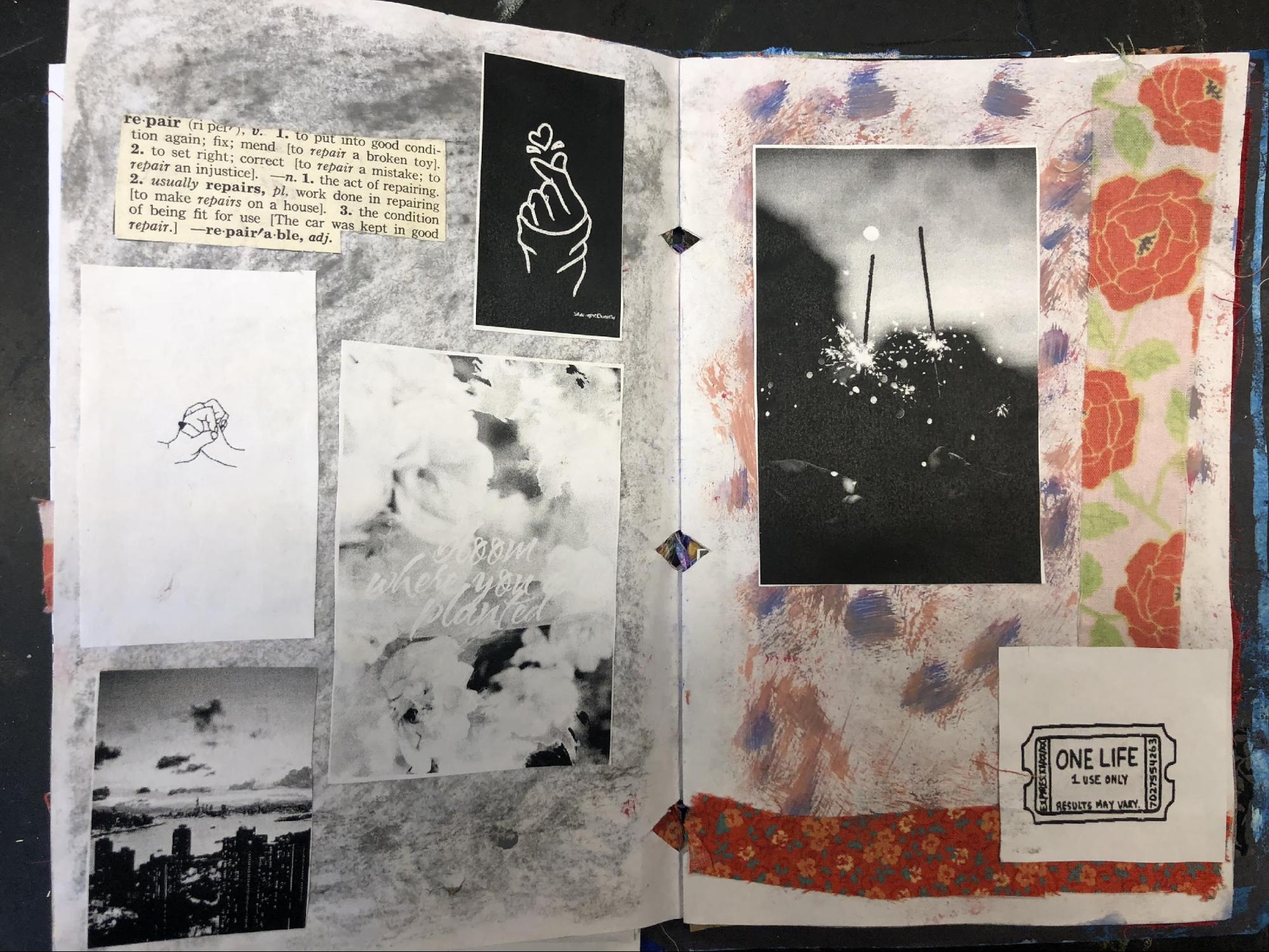

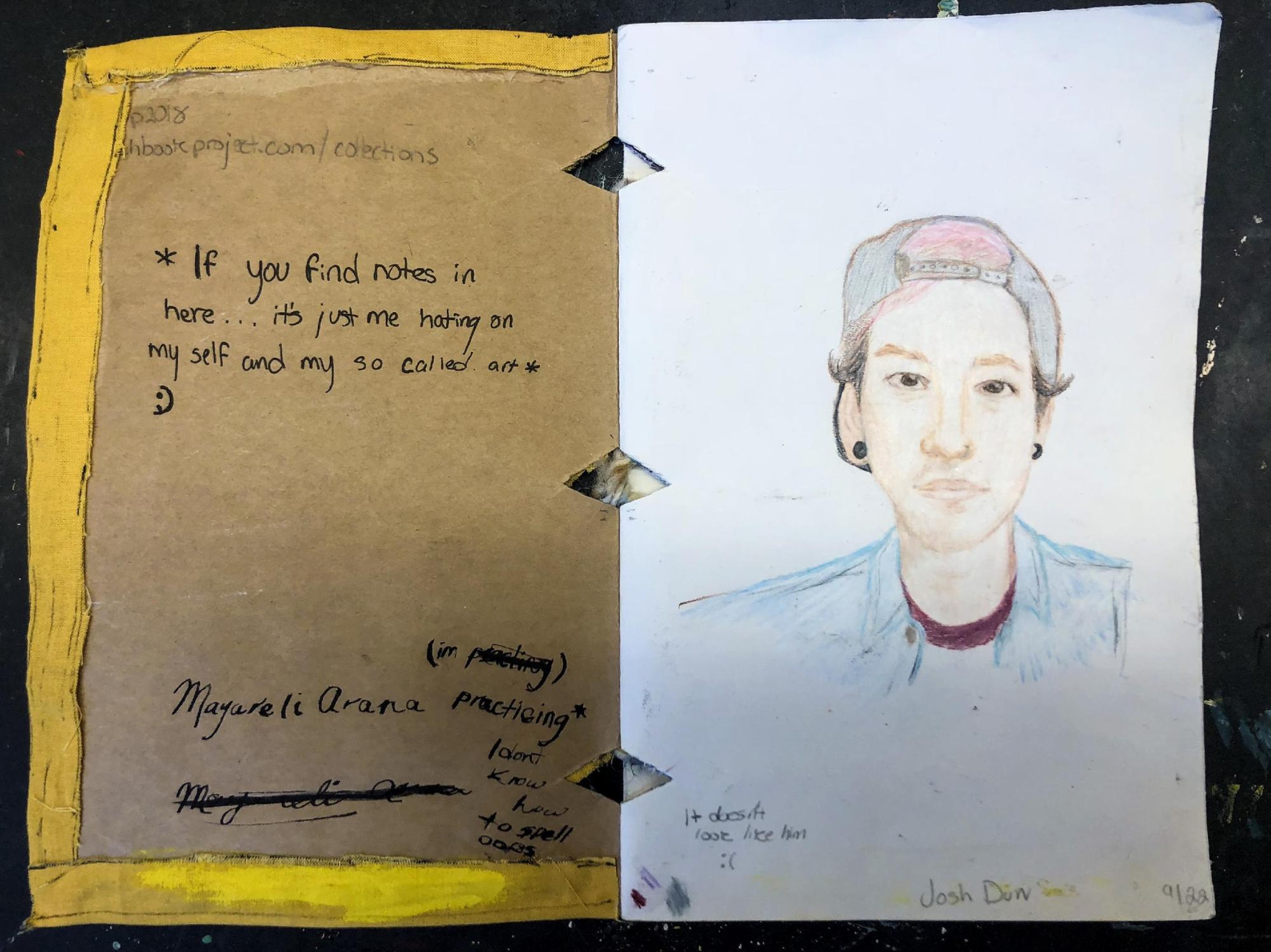
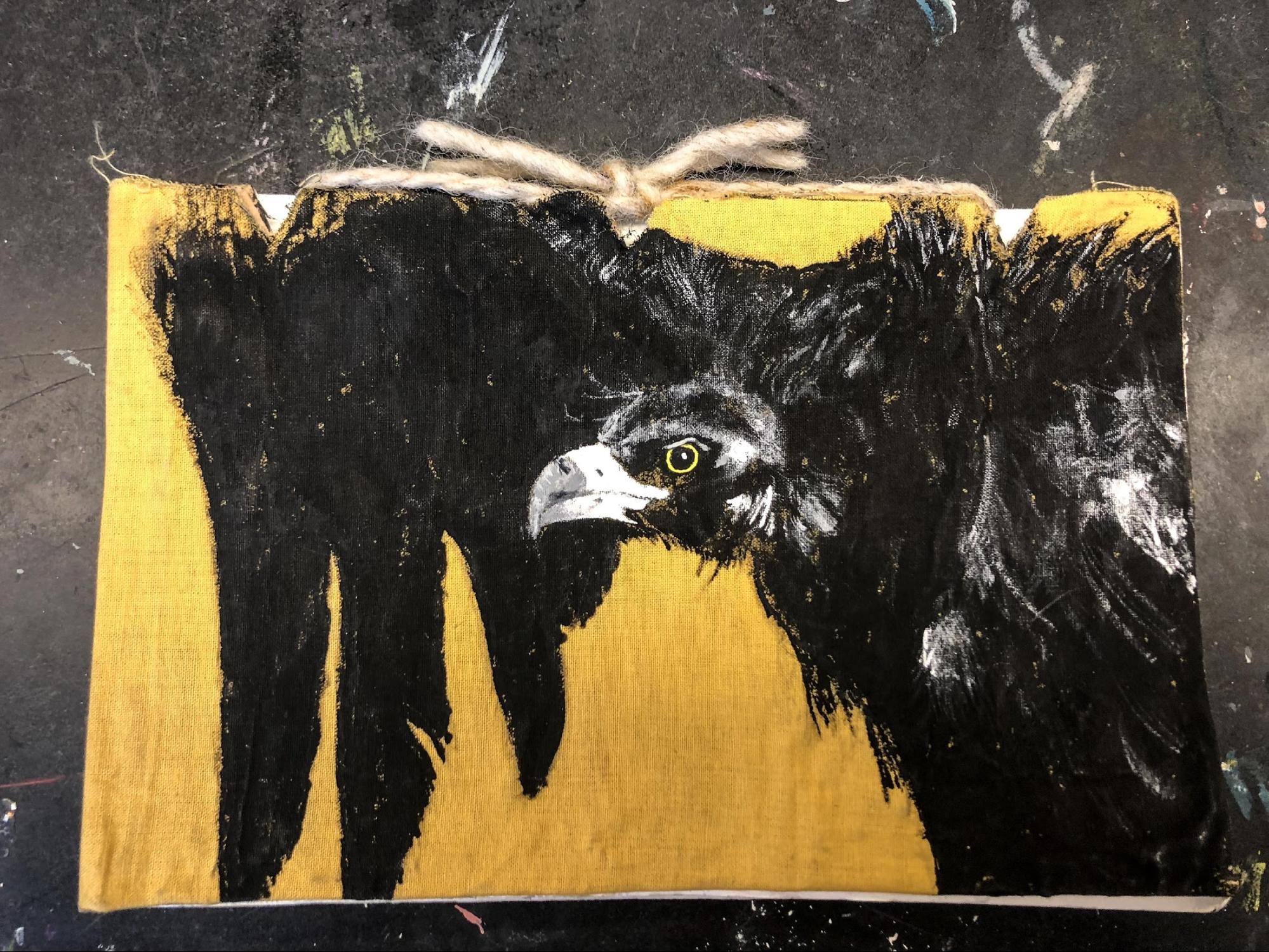
Materials + Supplies
- Card stock
- Drawing paper
- Yarn/twine
- Scissors
- Mixed media materials (pastels, paints, charcoal, sewing materials, etc. I recommend for teachers to survey their class for materials that interest them before studio days.
- Reflection sheets
- Artists statement prompts
- Visual aids
- Outline worksheet/ composition proposal
MCA Connections
As an art studio community, students explored and discussed these themes through field trips, class discussions, and art critiques of various artists exploring identity through a variety of styles, approaches, and intentions. My students drew inspiration from the MCA such as the work of artist Amalia Ulman, who explores how misconceptions are shaped and portrayed through social media. This was a topic my students found extremely relevant and relatable. Our field trip was at the beginning of the school year, and was right in timeline with our class discussions within the studio. This experience served as a profound jumping off point, and the entire I Was Raised On The Internet show was engaging to students as well, and served as a great discussion piece for how we interact with one another on a daily basis. It made us focus on what communication looks like in our world, and how that also can build or break misconceptions and identity. Our studio community became enveloped in the process of taking honest looks inward to explore what makes us vulnerable as individuals, how we portray ourselves, perceive others, and how to engage with one another on a level above misconceptions.
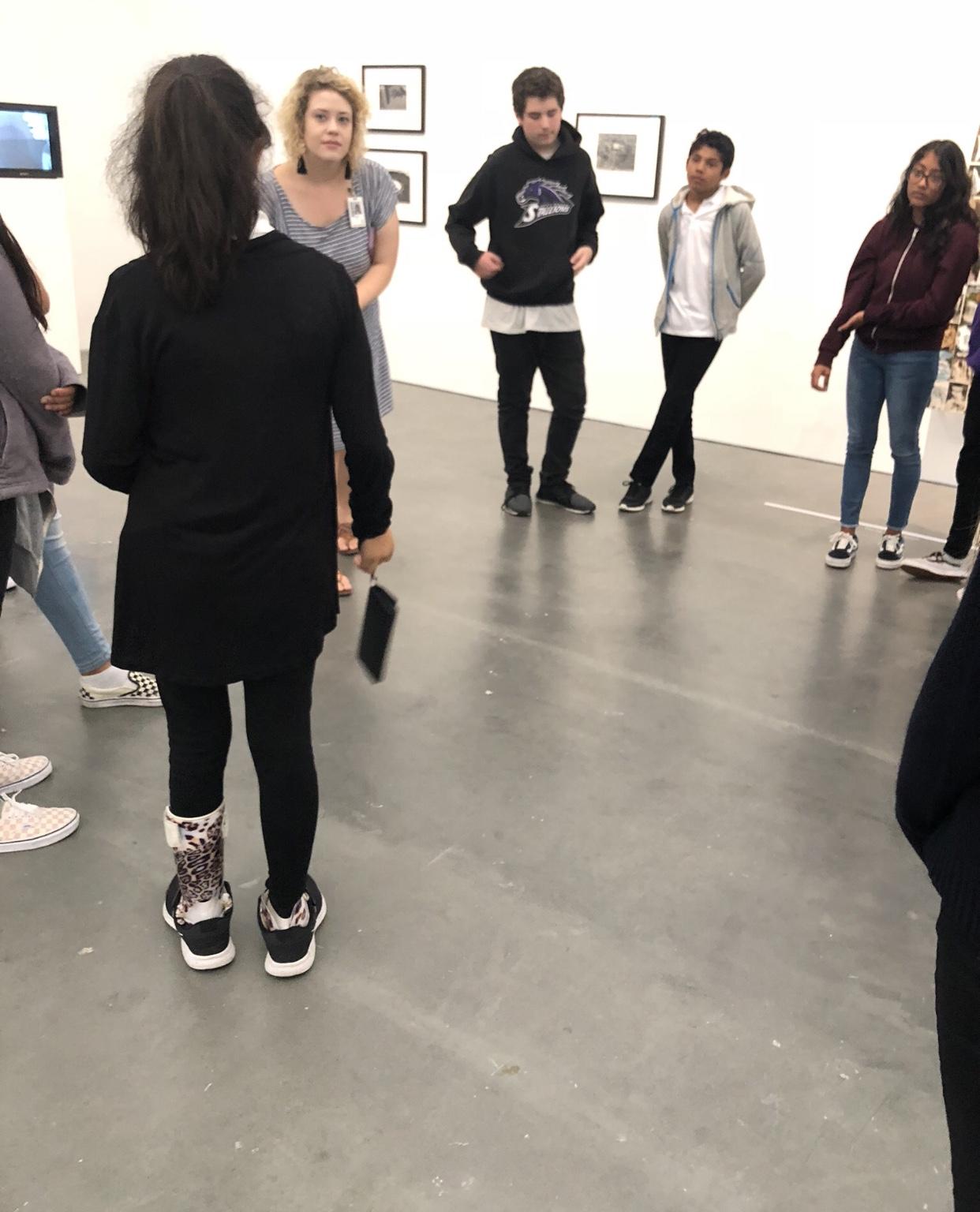
References + Resources
- Amalia Ulman
- Chicago-based graffiti artists Hebru Brantley, Max Sansing, Sentrock, Pizza in the Rain
- The Reggio Emilia approach to Early Childhood Education — Overview; _The Hundred Languages of Children
- Studio Thinking 2: The Real Benefits of Visual Arts Education
Alison Kovacs
Gray Elementary
About Alison Kovacs
Alison Kovacs is a sixth year Visual Arts teacher in Chicago Public Schools. She has worked the last six years at Gray Elementary, where she has enjoyed working collaboratively as the arts liaison to build the Fine Arts programming offered within her school community. In her time at Gray Elementary, Alison has collaborated with Chicago based partners, parents, and community members to enrich the programming offered to Gray’s nearly 1,150 K-8 student population. Alison studied at the University of Iowa and graduated with an Arts Education degree in 2010. Since that time, she has been fortunate to work with many individuals and partners that have provided experiences that she uses in her Visual Arts room with her students. Alison is excited to take part in the Museum of Contemporary Art’s Teacher Institute, and to bring new, engaging, and contemporary curriculum to her students. When Alison is not teaching, she can be found, usually covered in paint, while refinishing furniture for her small business Yellow Bird Designs, or exploring the city, while spending time with her husband, one-year-old son, Jack, and their spoiled German Shepherd, Soy.
Alison Reflects on the Project
One hallelujah moment for me that applies to all of my eighth grade classes in this project was the true collaboration that was able to happen between each student and myself. Due to our schedule, I often do not have the opportunity to work one on one with each student artist in the most valuable and productive way. However, because of the shift that was made in how the creative process is approached within this lesson, I found that I was able to foster more valuable and collaborative relationships with each student, and that it did make a positive shift within our studio. My favorite hallelujah moment was when I had just finished a one on one session with one student artist, and was waiting for another student to gather their project for our meeting. I looked around our studio from my desk and every single student in a class of forty eighth graders was actively engaged in art making, sharing, and experimenting. It was a proud moment.
One obstacle I encountered throughout this process was teaching myself to be comfortable in my students’ productive struggles. I found myself wanting to rush in and provide more discussion prompts if my students did not have an answer at first, or if no one volunteered to contribute to discussions at the beginning of this process. I realized that I always do this, and in learning to be comfortable in the initial silence, my students found their voice. By the end of this process, my students were openly discussing ideas, concepts and techniques with one another, and I think that trust with one another was gained during those initial class discussions.
